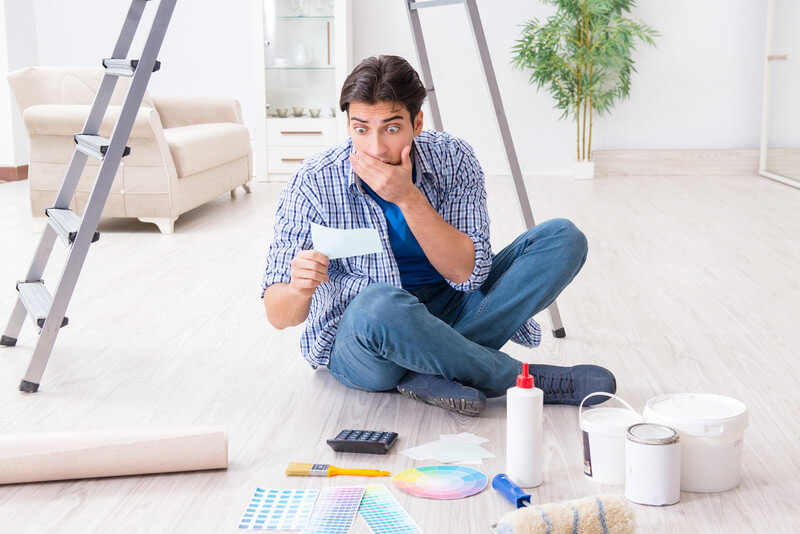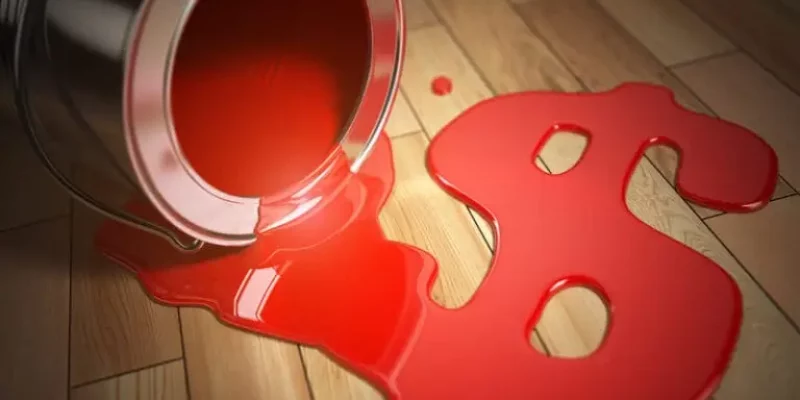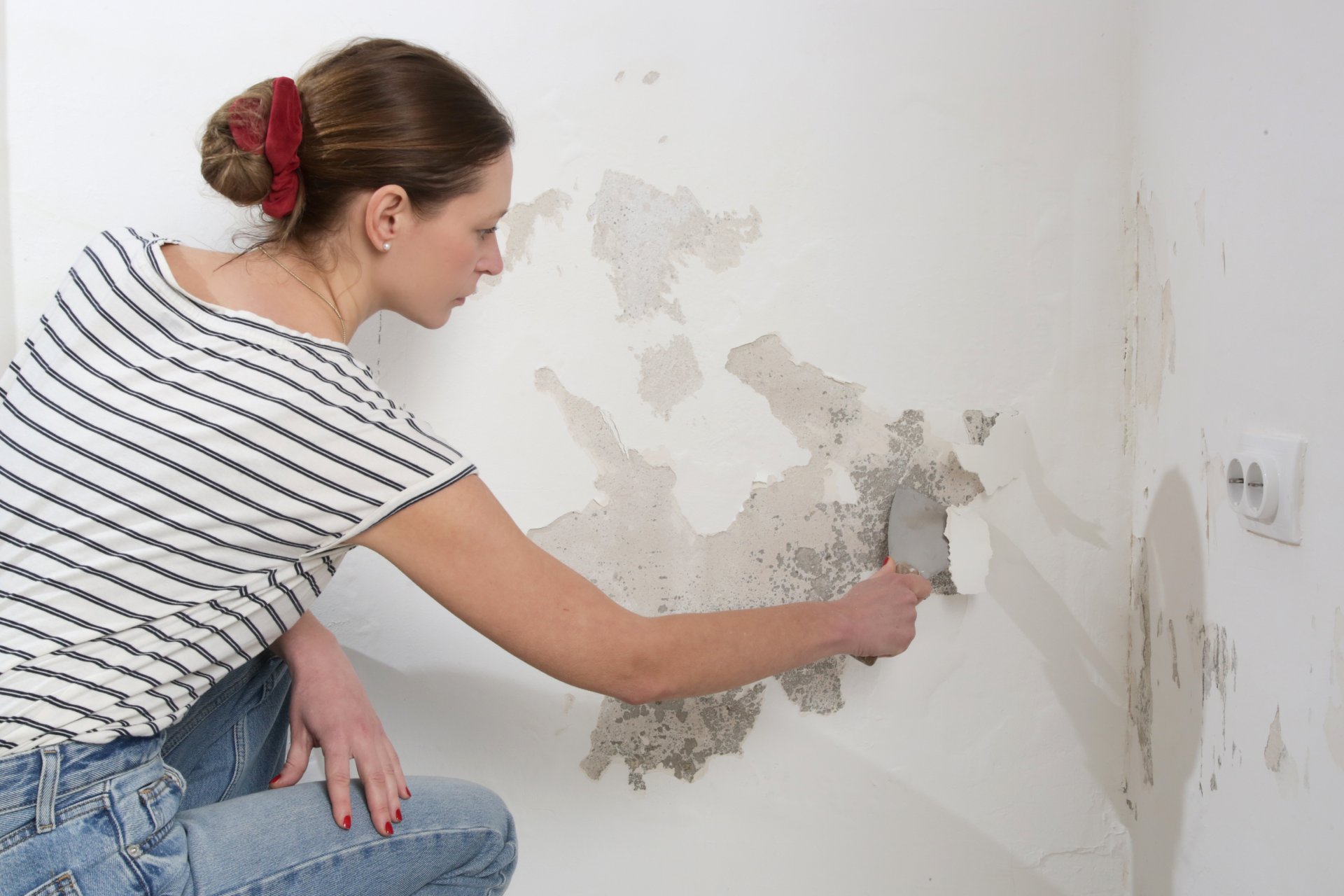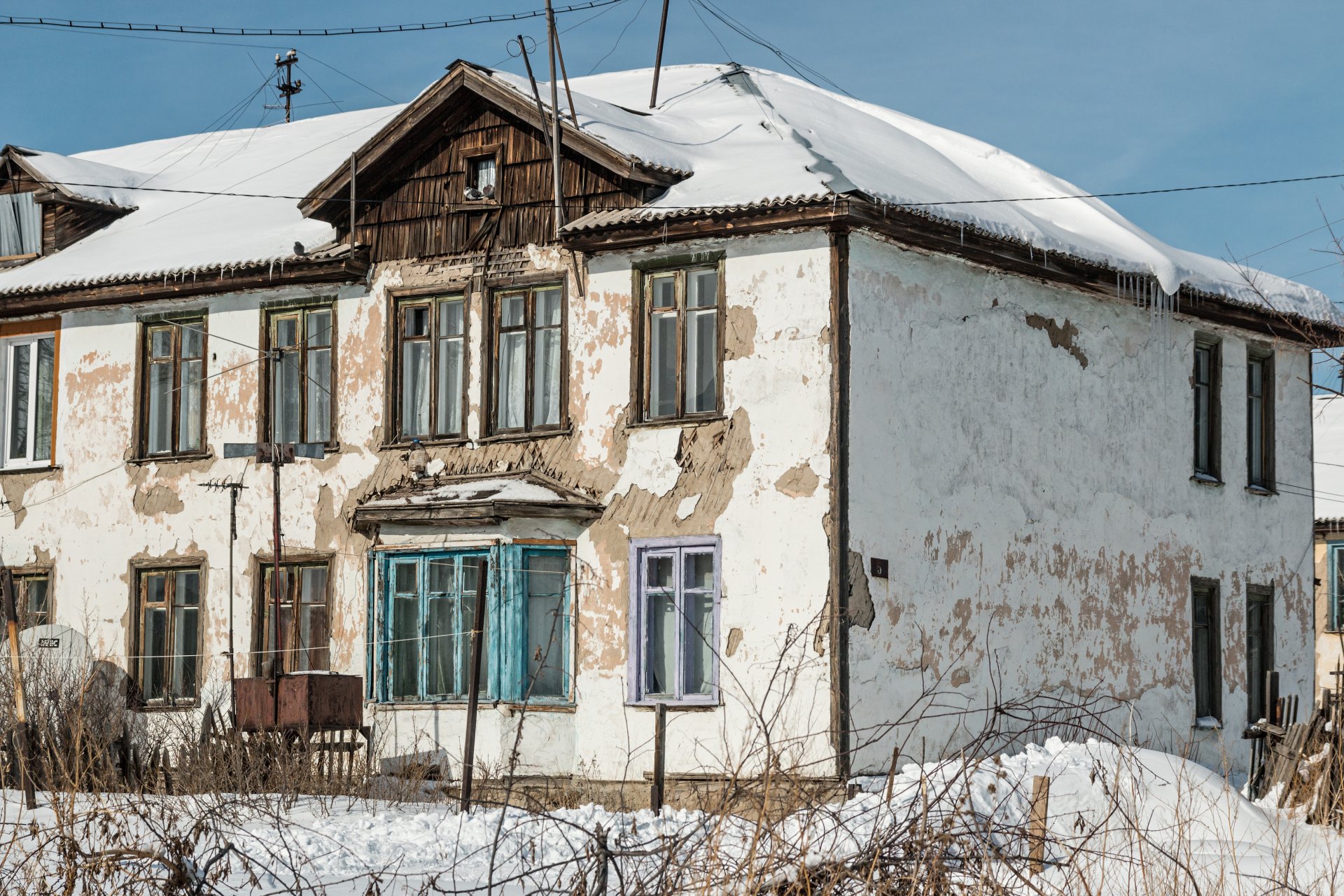Everything you need to know about interior painting costs, how to estimate them and how they are actually calculated
A journey of 1,000 miles begins with a single step, says a well-known Chinese proverb. When it comes to hiring a professional to paint the interior of your home, that first step often looms large as you begin a confusing process in which your time and money are put at risk. Take a deep breath, and one step forward. In any interior painting project, that first step is to receive and compare estimates for a fresh new coat.
As the estimates come in, you may notice a wild variation in price. Why the vast difference in estimates? How do you know if you are getting a fair price? How cheap is too cheap and how expensive is just too expensive? Are some companies simply more profit hungry than others?
As an educated and informed customer, you will encounter these competing estimates from a position of confidence, helping you make the right choice for your home, family, and budget.
How Interior Painting Estimates Are Calculated
Generating an accurate estimate for a customer is a skill developed over time, based on years of experience in the industry that creates an eye for the smallest of details.
The well-trained eye of an estimator will consider both the standard metrics in the industry (like square footage to be painted and labor required) and a number of other factors specific to your home and the scope of the project you envision:
- Complexity of areas such as trimmings, ceilings, closets, textures
- Condition of the walls to be painted
- Quality of paint and primer required
- Amount of prep work required
- Home occupied or empty
- Location and accessibility of your home
- Deadlines and time constraints
- Experience and professionalism of the painter
Let’s take a close look at how these estimates are generated, leaving you an informed customer with the knowledge to choose what is right for you.
Average Prices per Square Foot

Let’s begin with one of the most standard metrics used to generate the basic foundation of an interior painting estimate – price per square foot. This metric is used by the majority of American contractors to form the base of the estimate before examining any additional factors that may alter the final number you see.
The average cost of interior paint per square foot in the United States is between $3.00 and $3.75. That translates to roughly $6-7,000 for a standard 2,000 sq ft property. This price may be elevated to $5.00 – $6.00 depending on the overall square footage, the complexity of the job, and the quality of the primer and paint to be applied. For example, textured ceilings or walls may cost between $6.00 and $7.50 per sq ft to paint.
A minority of contractors generate their estimates based on labor costs, which range between $25 to $50 per hour of labor. This is multiplied by the number of workers they assess will be required to complete the job, forming the base of the total price they will offer for the contract.
How to Calculate Square Footage
It is easy to measure a room’s footage to determine what an estimate is charging per sq ft. Measure the total length of all surfaces, then multiply by the room’s height. Remember to deduct any spaces that will not be painted such as a large window, wallpapered surfaces, sliding doors, etc. Of course, the numbers should be doubled if two coats are required; tripled if three are needed, and so on.
For example, a 10 x 14 room with eight foot walls would be calculated as 48 feet of length. There are two walls of ten feet length, equaling twenty; two walls of fourteen feet length equalling 28; that totals 48 feet of length. Multiple that 48 feet length by eight feet of height, and the resulting square footage is 384 square feet of surface to be painted.
Variable Costs that Impact an Interior Painting Estimate

Generating an estimate for your interior paint job is not as simple as calculating square footage. The contractor will need to take a close look at what paints and materials are required and how complex the job you are requesting is.
Let’s take a look at some of the most common variables that will impact your estimate:
1. Price of Paint:
A critical element that will be reflected in the estimate is the price and quality of paint you will use in your project. Just like shopping for a new car or a television, there is a range of quality and corresponding prices for interior paints.
Prepare to pay about $20 to $75 for a gallon of paint, depending on quality, and even more for the best products in the market. Let’s explore this range closely:
Lower quality budget brands such as Valspar offer flat/matte paint for as little as $20 – $30 per gallon.
Standard, popular consumer paints, marketed by brands such as Benjamin Moore and Sherwin Williams, can give an appealing and durable finish and can cost between $40 – $55 per gallon.
High-end products, offered by brands such as Farrow and Ball, are long lasting, available in a more varied selection of colors, and can cost up to $100 – $120 per gallon.
Note that you will need fewer coats with top-quality paints, which often allows the higher price to pay for itself.
2. Higher Walls:
Higher walls mean more square feet to paint. The standard room height is eight feet. Add 20% to the price per room if your ceilings are ten feet high and 30% if twelve, and so on.
3. Ceilings:
Your estimate may reflect the need to apply white ceiling flat paint; this is additional work for the contractor at a difficult angle and this will come out of your wallet.
4. Repairing drywall, baseboards, and trimmings:
If the contractor needs to devote skilled professionals and time to repairing damages to your walls or other decorative elements there will be additional costs expressed in the estimate.
5. Closets and complex shelving
Flat, open, spacious walls are easier and faster to paint than corners, crevices, shelves, and hard-to-reach areas. Therefore, any closets included in your painting project may incur costs disproportionate to their size as measured in square feet.
For example, It costs more to paint walk-in closets and closets that have organizers due to their different sizes and the difficulty of working around shelving. Some walk-in closets can reach the size of a small bedroom.
For example, It costs more to paint walk-in closets and closets that have organizers due to their different sizes and the difficulty of working around shelving. Some walk-in closets can reach the size of a small bedroom.
6. Furniture Removal, Room Protection
If your contractor needs to spend a few hours moving heavy furniture out of the way, or opening plastic sheeting to protect floors and cover household items, the time and labor costs will be passed on to you.
A painting job in an empty house will likely cost less than the very same job conducted in a furnished, well-adorned home. An occupied home means a slower, more careful pace as the painters take extra care to avoid damaging your personal property.
7. Textured Paint and Specialty Designs
If your project calls for styles that require specific skills, a slower pace of work, and a higher level of professionalism to execute, your estimate will express dramatic differences from that of a standard, uniform paint job.
8. Doors and Frames
Doors and frame painting are not generally included in the base estimate. Doors require more durable semi-gloss or satin paint and they absorb far more labor time per foot. The cost of painting doors and frames can be influenced by the amount of preparatory work required.
Flush (flat) Doors: These types of doors are the easiest to paint. A painter will cut-in the surrounding of the hinges, the door handles, and the frame using a brush. They may sometimes remove the door handles or mask them. A very fine roller is used. You will likely be charged an average of $70 to $80 per door.
Raised-panel Doors: More skill and time are required with a paintbrush when painting doors that have many panels. Careful brushing will be done on each panel before rolling over the entire door. Due to the quick dry time of paints in the market today, a slower painter may find it difficult to work on doors. The average cost is $90 to $100 for doors with frames.
French Doors: Painting French doors correctly requires very skillful, careful work. A painter must be mindful of the doorknobs, hinges, as well as the adjoining glass surfaces. Customers with French Doors can expect to pay an average of $200 per door. French doors’ casings are often wider and ornamental.
Additional Reasons Why Estimates for Interior Painting Vary
1. Location and Accessibility
Whether your residence or commercial space is located in a rural or urban region contributes to the final painting estimate. Accessibility to the site can contribute as well if the site is located on an upper floor or has constricted access such as elevators.
2. Experience and Level of Professionalism
A contractor’s estimate will reflect the demand for their services. An excellent painter with years of experience will be often referred by satisfied clients and therefore has the leverage to charge a higher price for their work.
Five Steps to Choose the Right Painter
1. Begin with the people in your life whom you already know and trust; ask your family, friends, and neighbors if they can recommend a contractor or painter that they have a great experience with. They can a good point of reference to verify the quality and integrity of a painter.
2. If necessary, you can expand the circle a bit: ask your local Homeowners Association, trade union, or community hardware store for their recommendations. The internet can also be used as a resource, especially if public, unfiltered customer feedback is available on a third party site not curated by the contractor themselves.
3. Crosscheck their references and the record of the company with consumer organizations like Angie’s List and the Better Business Bureau. Ask if they are a member of the PCA (Painting Contractor Association) which means that they have met certain industry standards.
4. It is recommended to get at least two to three estimates to compare prices. When engaging a potential contractor, make sure to verify their experience, their insurance status, credentials, and satisfaction guarantee.
5. Remember that the lowest price isn’t always the best price. Sometimes it is a good investment, especially when it comes to a long-term product like flooring, to pay a bit more for better quality. It will actually save you money over the long haul.
Dallas Paints - An Excellent Option for the Dallas Region
When searching for an experienced painter with integrity, good prices, and excellent customer service in the Dallas area, Dallas Paints is a great candidate to consider. Whether you require interior or exterior paint, a small project or large, commercial and residential, our painting experts will be glad to visit your location and offer solutions tailored to your design and budget requirements.
Dallas Floors offers a customer satisfaction guarantee on painting projects, while using the highest quality materials installed by well-trained, experienced professionals. We issue a free estimate with a fair and transparent price for your consideration. Our catalogue includes cutting edge products and designs that our consultants will be happy to review with you find the solution best for you, your home, and budget.
Contact Dallas Paints to schedule a free consultation today.
Frequently Asked Questions
What quantity of paint is needed for a 10 by 10 room?
A gallon of paint usually covers about 400 square feet, or a standard sized bedroom. Keep in mind most rooms require two coats of paint.
How long does it take to paint a three-bedroom house take?
Plan for about four days in total, including prep time and clean-up. Simple wall and ceiling repainting that measures around 1,900 sq-ft in a three-bedroom house with little prep work shouldn’t exceed four days if done by a team of three painters. Of this time, about two days will be spent on painting doors, windows, and molding. Large, empty walls are painted with a roller rather quickly.
Can I stay at home while it is being painted?
It is recommended to wait at least twenty-four hours for the paint to dry and to allow the fumes to escape the room before you sleep in a freshly painted room. Rushing to enter a painted room might cause nausea, headache, or sinus discomfort to your loved ones.
How often should I paint my home’s interior?
To maintain a fresh, bright look at home, painting your house interior may be required every five to seven years. Higher quality paints may last longer. Of course, this depends on how heavily trafficked the rooms are or if children or pets are present.




